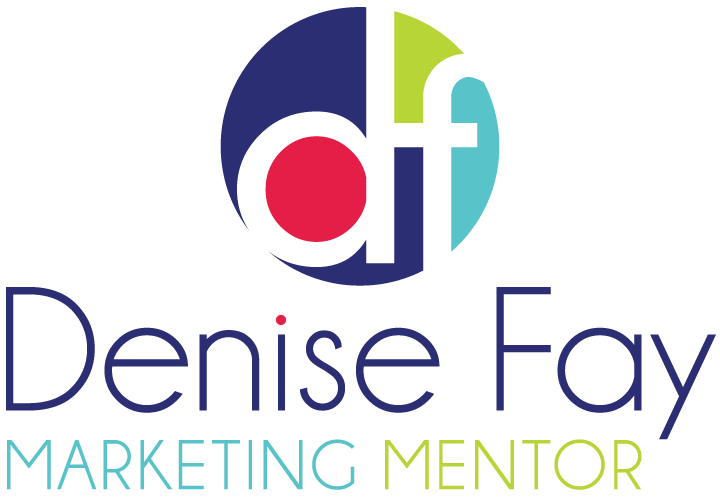 Writing is definitely a task that is so easy to procrastinate on. A thousand and one things have priority over it. Sometimes writing can take so long – there is the writing, the editing, the design, the re-writing. All these tasks mean it goes lower and lower down the priority or to-do list.
Writing is definitely a task that is so easy to procrastinate on. A thousand and one things have priority over it. Sometimes writing can take so long – there is the writing, the editing, the design, the re-writing. All these tasks mean it goes lower and lower down the priority or to-do list.
While writing promotional literature is creative, it can still be systematised. If you have an efficient writing system, a stepped process that you can follow, it will make it easier to sit down and write. These past 30 days have helped you with this system but today, I’m sharing with you my secret step by step process. Follow it when writing your next piece of literature.
Result: No more procrastination. Just great written promotional material.
Here is my seven step, ACHIEVE Model that I follow religiously when writing great promotional literature for clients.
Step 1: Analyse your audience
Prepare to fail or fail to prepare. This first step means taking time out to research, research, research your target audience. Who are they? Can you describe them? What do they read? What language do they use?
Take a detailed look at who you want to target. Find out everything you can about them – it will make it easier to target them with words and tone that they can relate to.
Step 2: Create your heading
With your research done, it’s time to start on the actual literature. This is where you focus on your message(s). Central to your message is your heading. You should build everything around your heading.
Your headline or heading will make or break your promotional material. It’s the gatekeeper of the article. If it’s good, people will read on. If it isn’t, then your email or sales letter hits the recycling bin or gets the delete button treatment.
Regardless of whether it is a letter, webpage, flyer or brochure – everything should have a heading. It shows your reader that you don’t want to waste their time. Give them a great heading and they’ll read on.
Headings are not last minute items. That’s where a lot of people fall down, including many of your competitors. Headings should be the first thing you write. You can always edit it but get the basics of it down first.
Step 3: Handwrite your text
That’s right. Take a pen and paper and start writing. Putting your fingers on the keyboard with a white page doesn’t do it for many people. In my experience, it’s less than 1%. If you are part of the 99%, then grab a pen and paper…even if it is the back of an envelope.
Seeing your hand writing and words appearing on a page does something psychological to you. The creative juices start to flow. Even if it’s mere words rather than actual sentences, just write them down.
Get all your thoughts down on paper…whatever it is that you want to say, just write it down. Don’t worry about grammar, spelling or how many words you use. Use this step to tell your reader what it is you want to say – pretend they are in front of you.
Fine-tune your messages when you transfer it over to your computer. Only then, should you think about adding bullets or finessing your sentence structure.
Step 4 – Include your emotional triggers
Emotion plays a huge part in the buying process. You’ve all heard the saying “My heart says yes but my head says no.” What you need to do as a successful copy-writer is get inside the head of the buyer and encourage them to buy with their heart and head.
People buy from people and people buy as people. It doesn’t matter if they are buying a pair of shoes, a jacket, dinner or a multi-million pound computer system. People buy to fulfil an emotional need. Thereafter, they rationalise their decisions.
You need to find out what the triggers the emotions within your target market. The only way to find out is to go back over your research from Step 1. The more you find out about your customer or target market, the easier it will be to persuade them that your product or service is the right one for them
Find them and talk to those points.
Step 5: Edit your message
This is the diamond step. Taking time to edit is well worth the time and money invested in doing it right. Writing is more than writing; putting words down on paper is just the start. Editing allows you to finesse your thoughts, your content, your style and tone and your spelling.
Many people confuse editing with doing a spell-check. If they do a computer spell-check or grammar check, then the document is edited. However, that’s not the case. Editing is a process which includes a number of elements.
With all your information on paper, with your emotional hot-spots, pick and choose what is important. Start with a separate blank page and write up in short sentences your three most important points.
You know the words your readers use, you know the tone they prefer so now it’s time to capture their attention and get them to read every last word you write.
Edit for style, tone, grammar, spelling, layout and actual language used.
Step 6: Vocalise your final document
Again, you’ve heard me right! This step is like step 3 – going back to basics. Let me ask you this – what is the purpose of your promotional material? It’s to have a conversation with a prospect or a client in your absence. It takes the part of you in the conversation.
So if you want to build a rapport and engage with the reader, read your document aloud. You will soon see how it flows, how it engages or not.
This is the step where you are 100% happy with your document and feel proud of it.
Step 7: End with a call to action
The last step – always end with a call to action, no matter what piece of document it is.
A call to action is the term to get your reader to do something after reading your letter. Every sales document that you write should have a strong call to action. This includes your sales letter, your website, your blog page, your newsletter.
Don’t just think about what you want your reader to do – write it down. Every piece of promotional material should tell the reader what they need to do next.
Ask for something – whether it is a sale, that they contact you, click on an email or url. Don’t assume that your reader will do anything – ask them.
Day 30 – Homework
Print off this seven step process and put it on your wall. Use it everytime you write a piece of promotional material. It will make the difference to your copy and ultimately your sales.







